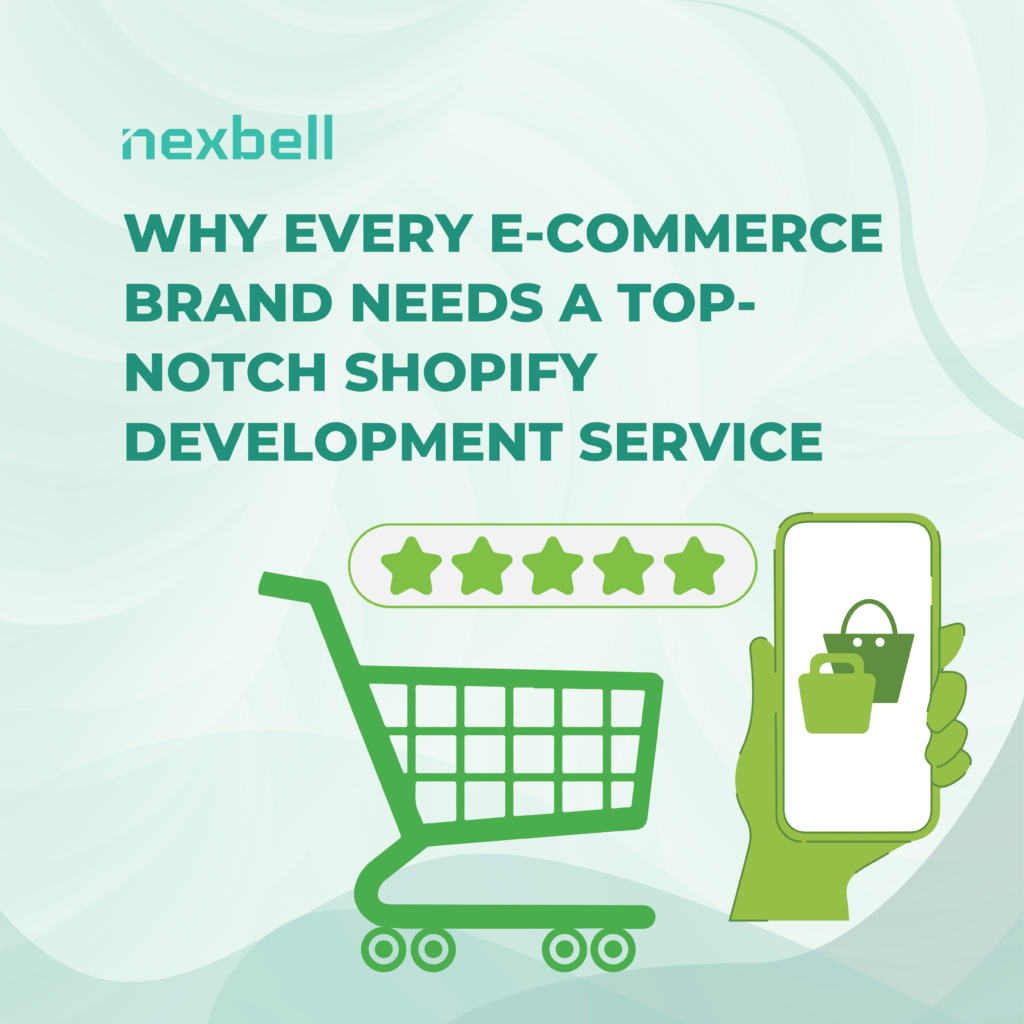In today’s fast-paced digital world, businesses demand quick and efficient solutions to deliver value to their customers. DevOps and Continuous Integration/Continuous Delivery (CI/CD) practices are at the forefront of enabling organizations to streamline their software development and operations processes. This blog explores what DevOps services and CI/CD implementation are all about, how they work, and why they’re essential for businesses aiming to stay competitive.
What Are DevOps Services?
DevOps is a combination of “development” and “operations.” It’s a methodology aimed at improving collaboration between software developers and IT operations teams. The goal is to automate workflows, reduce development cycles, and improve software quality.
DevOps services include a range of tools, practices, and strategies that help businesses achieve this. From automation tools to cloud infrastructure and monitoring systems, these services ensure your software is delivered more efficiently and with fewer errors.
Key Features of DevOps Services
- Automation
Automation is at the heart of DevOps. Tasks such as code building, testing, deployment, and monitoring are automated to save time and reduce manual errors. - Collaboration
DevOps encourages teamwork. Developers and operations teams work together from the planning stage through to deployment and maintenance. - Scalability
DevOps services enable systems to scale up or down based on demand, ensuring optimal performance without unnecessary costs. - Monitoring and Feedback
Continuous monitoring tools track the performance of applications in real time. Feedback loops allow for quick improvements.
Understanding CI/CD in DevOps
Continuous Integration (CI) and Continuous Delivery/Deployment (CD) are crucial elements of the DevOps pipeline. They focus on automating and streamlining the software development process.
What Is Continuous Integration (CI)?
CI is the practice of integrating code changes into a shared repository frequently. Each integration triggers an automated build-and-test sequence to identify bugs early in the development cycle.
The main benefits of CI include:
- Early detection of integration issues.
- Faster feedback for developers.
- Reduced time spent debugging.
What Is Continuous Delivery/Deployment (CD)?
Continuous Delivery ensures that code changes are automatically tested and prepared for release to production. Continuous Deployment takes it a step further by automating the actual deployment to production.
The key benefits of CD are:
- Faster release cycles.
- Lower deployment risks.
- Consistent delivery of features and fixes.
Why Are DevOps Services and CI/CD Important?
- Speed and Efficiency
DevOps services and CI/CD pipelines reduce the time it takes to develop, test, and release software. Automation eliminates bottlenecks and allows teams to focus on innovation rather than repetitive tasks. - Improved Quality
With continuous testing and monitoring, issues are identified and resolved earlier in the development cycle, resulting in higher-quality software. - Cost Savings
By minimizing errors and streamlining workflows, businesses can significantly reduce the costs associated with downtime and inefficient processes. - Customer Satisfaction
Faster delivery of features and bug fixes ensures that customers receive a better product experience, leading to higher satisfaction and loyalty.
Steps to Implement DevOps and CI/CD in Your Organization
Implementing DevOps and CI/CD practices requires a clear strategy and the right tools. Here’s a step-by-step guide:
Step 1: Assess Your Current Workflow
Before diving into DevOps, analyze your existing processes to identify pain points and bottlenecks. Determine which tasks can be automated and where teams could collaborate better.
Step 2: Choose the Right Tools
Selecting the appropriate tools is critical. Here are some popular options:
- CI Tools: Jenkins, GitLab CI/CD, CircleCI.
- CD Tools: Spinnaker, ArgoCD, Octopus Deploy.
- Infrastructure as Code (IaC): Terraform, Ansible.
- Monitoring: Prometheus, Grafana, ELK Stack.
Step 3: Foster a DevOps Culture
DevOps isn’t just about tools—it’s a mindset. Encourage teams to collaborate, share feedback, and adopt a learning approach. Training sessions and workshops can help teams transition smoothly.
Step 4: Build a CI/CD Pipeline
A typical CI/CD pipeline includes the following stages:
- Source Control: Developers commit code to a version control system like Git.
- Build: The code is built automatically into an executable format.
- Test: Automated tests check for bugs and vulnerabilities.
- Release: If tests pass, the code is packaged for deployment.
- Deploy: The application is deployed to production or staging environments.
- Monitor: Performance and issues are tracked in real-time.
Step 5: Automate Everything
Automate repetitive tasks, from testing and deployment to monitoring and feedback. This saves time and ensures consistency across the pipeline.
Step 6: Continuously Improve
DevOps is an iterative process. Regularly review your workflows, tools, and practices to identify areas for improvement.
Challenges in Implementing DevOps and CI/CD
While the benefits are significant, implementing DevOps and CI/CD comes with challenges:
- Cultural Resistance
Teams accustomed to traditional workflows may resist change. Clear communication and training can help ease this transition. - Tool Overload
With so many tools available, choosing the right ones can be overwhelming. Focus on your specific needs rather than chasing trends. - Security Concerns
Automation and faster deployments can sometimes lead to overlooked security vulnerabilities. Integrating DevSecOps practices can mitigate this risk. - Initial Investment
Setting up a DevOps pipeline requires time, effort, and resources. However, the long-term benefits outweigh the initial costs.
Real-World Examples of DevOps and CI/CD Success
Example 1: Netflix
Netflix uses DevOps practices to deliver streaming content seamlessly to millions of users worldwide. Its CI/CD pipeline ensures that new features and updates are released quickly and without disrupting service.
Example 2: Amazon
Amazon’s use of DevOps has enabled it to achieve thousands of deployments daily. This allows the company to deliver a highly responsive and personalized shopping experience.
Example 3: Spotify
Spotify’s DevOps approach focuses on collaboration and automation. Its CI/CD pipeline ensures that users receive the best music streaming experience with frequent updates and bug fixes.
Conclusion
DevOps services and CI/CD implementation are not just trends—they are necessities for businesses aiming to thrive in today’s competitive landscape. By automating workflows, fostering collaboration, and streamlining development and deployment processes, organizations can deliver high-quality software faster and more efficiently.
If you’re considering adopting DevOps and CI/CD in your organization, start small, choose the right tools, and prioritize collaboration. Remember, DevOps is a journey, not a destination. Continuous improvement will keep you ahead of the curve.
Whether you’re a startup or an established enterprise, the time to embrace DevOps and CI/CD is now. Take the leap and transform your software development processes to deliver exceptional value to your customers.








